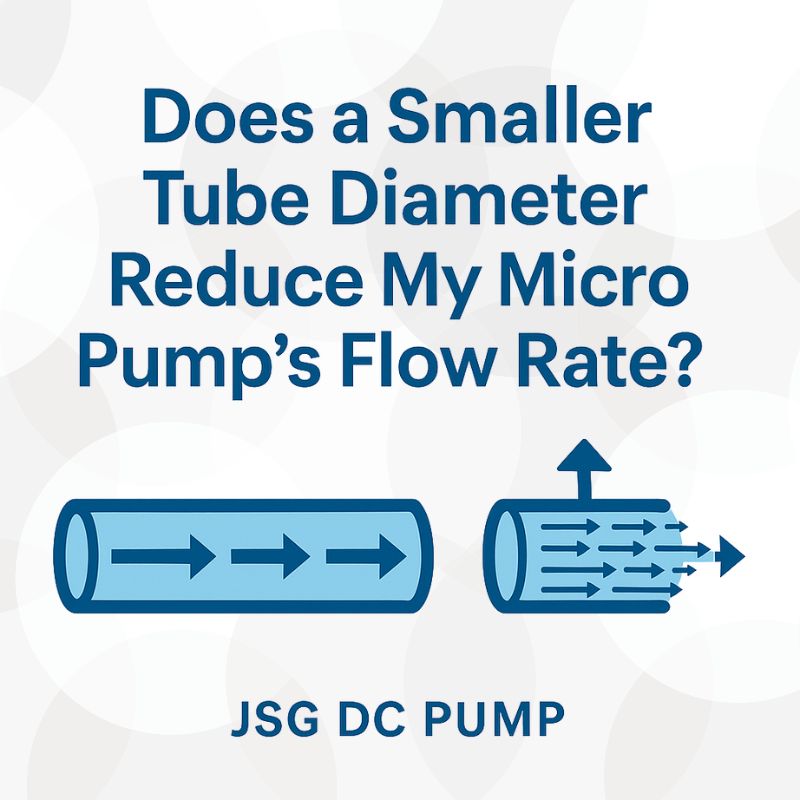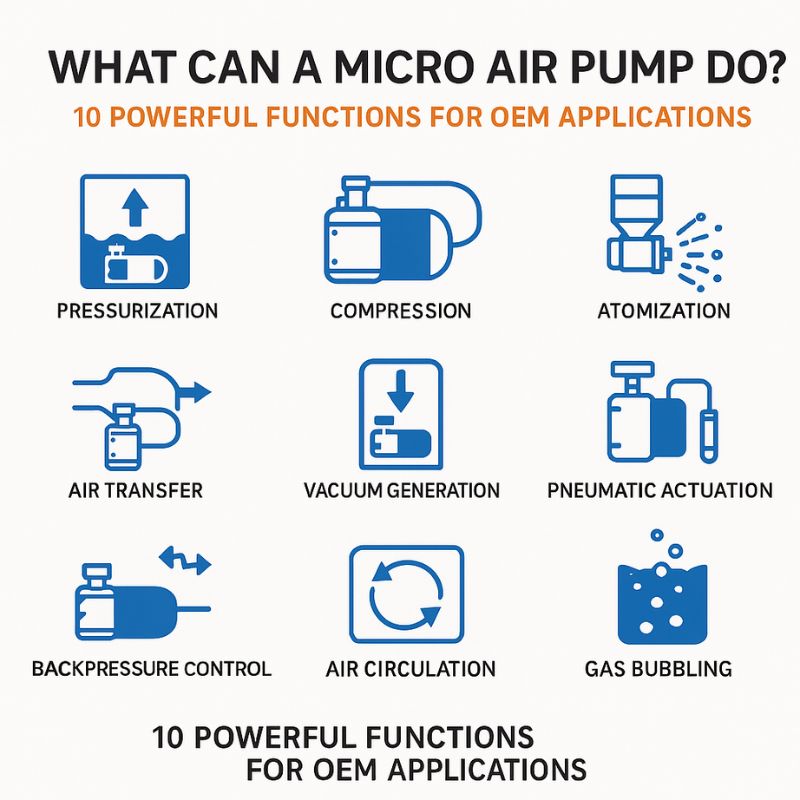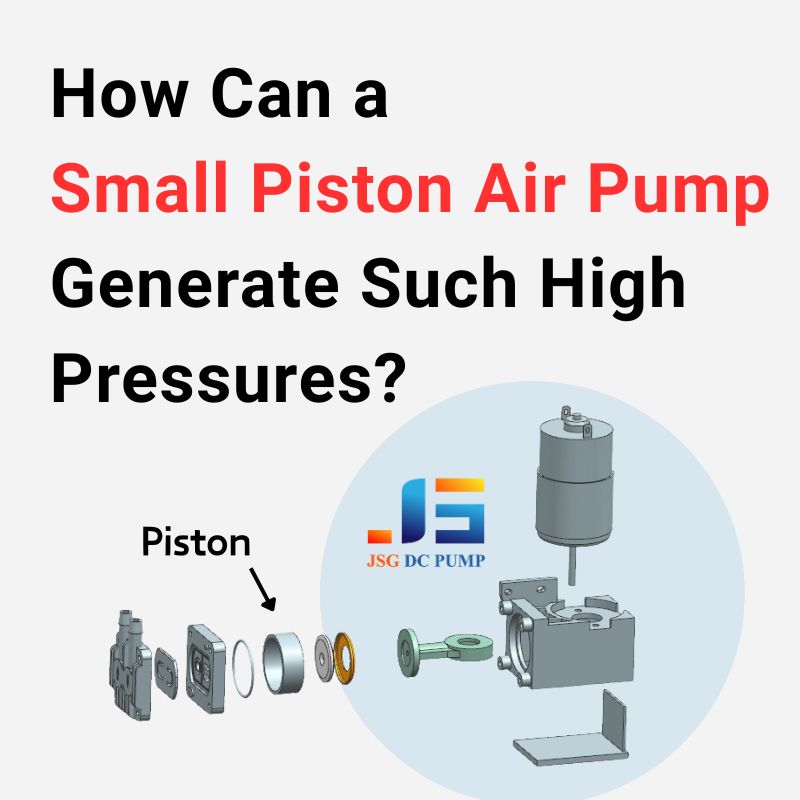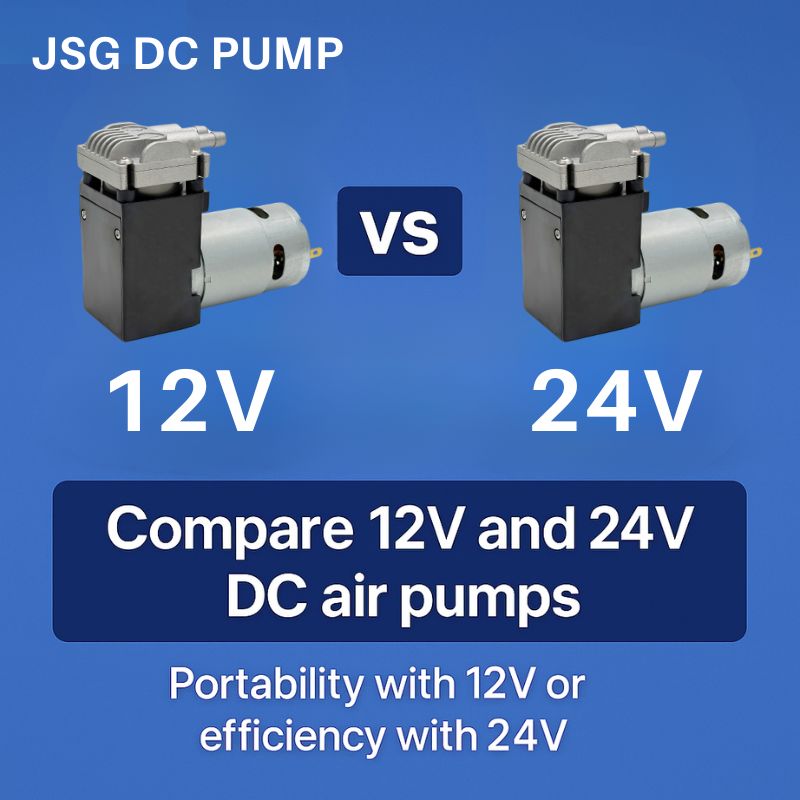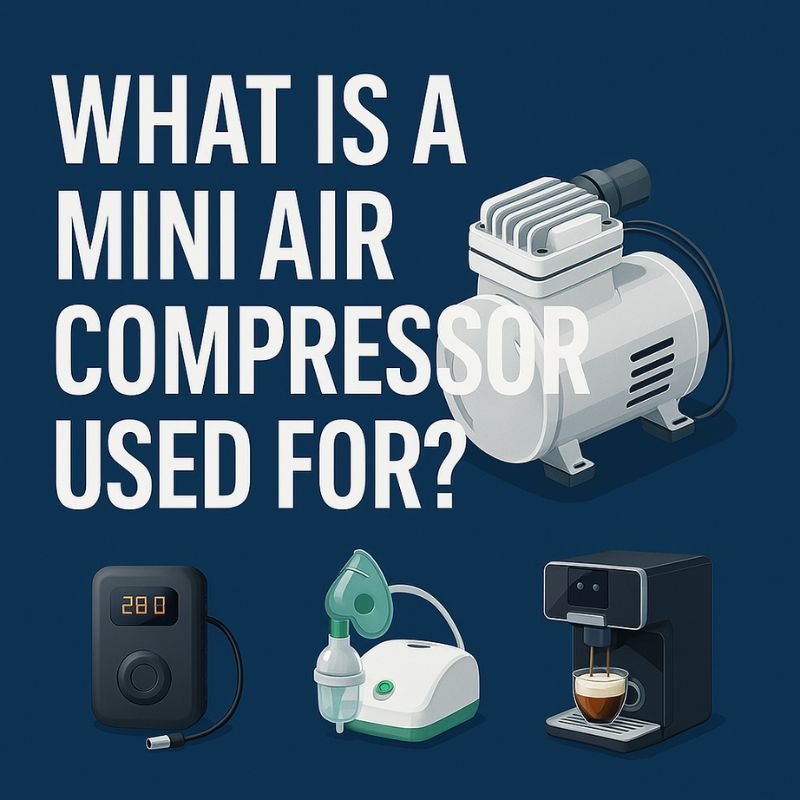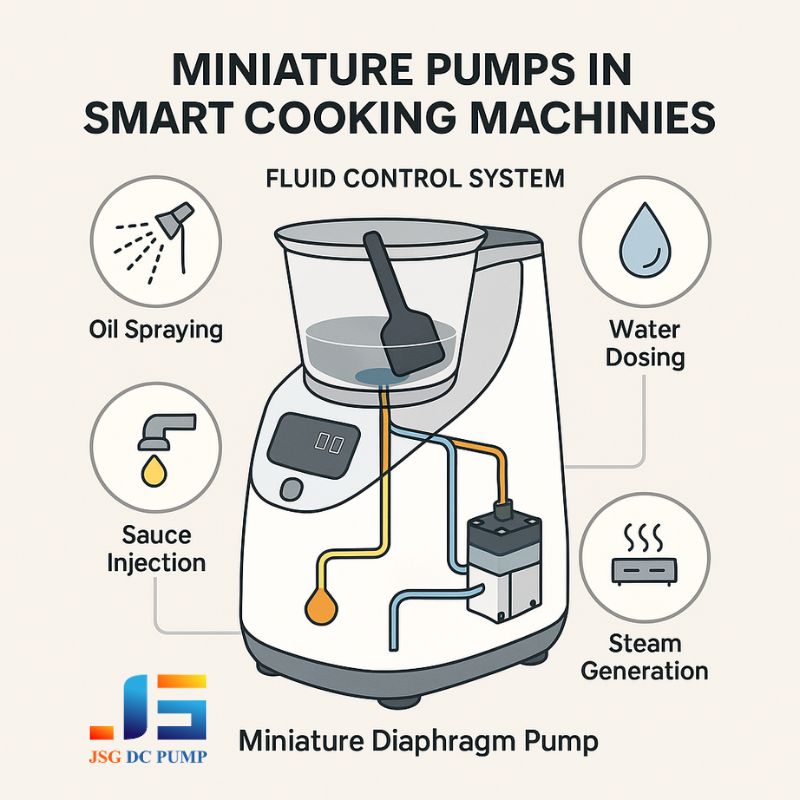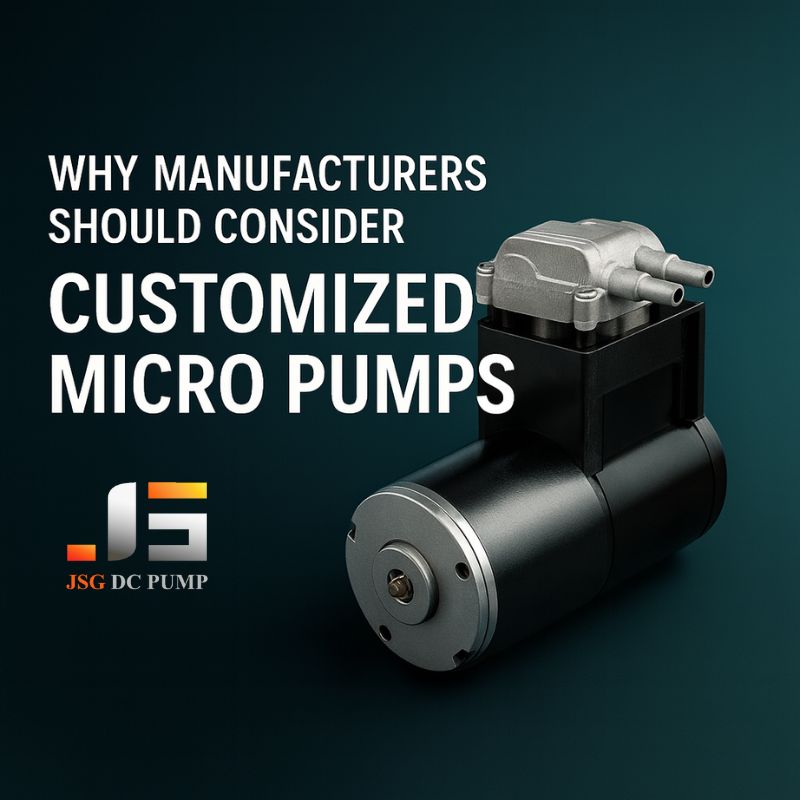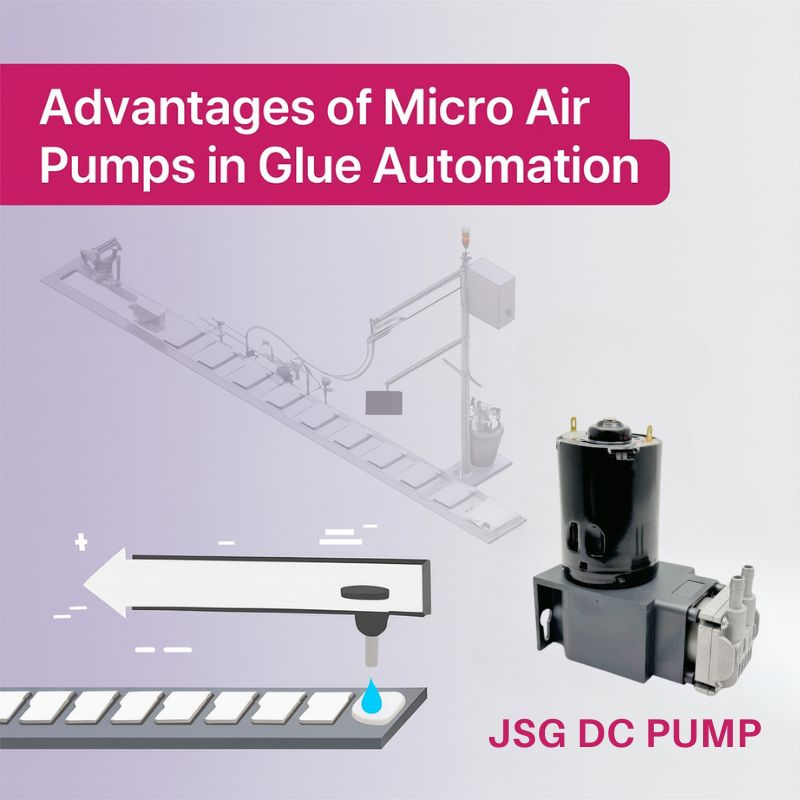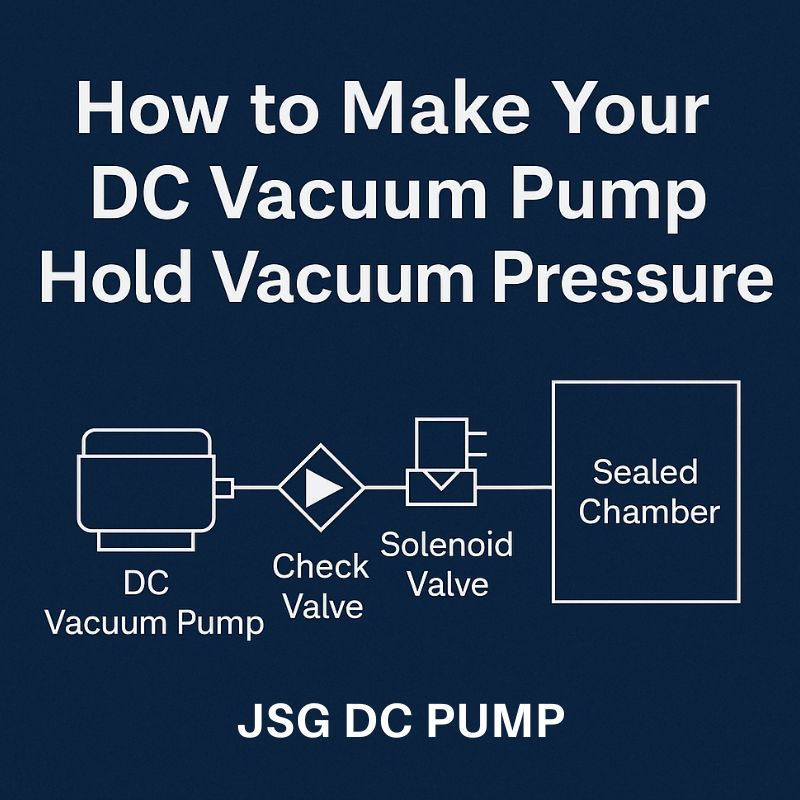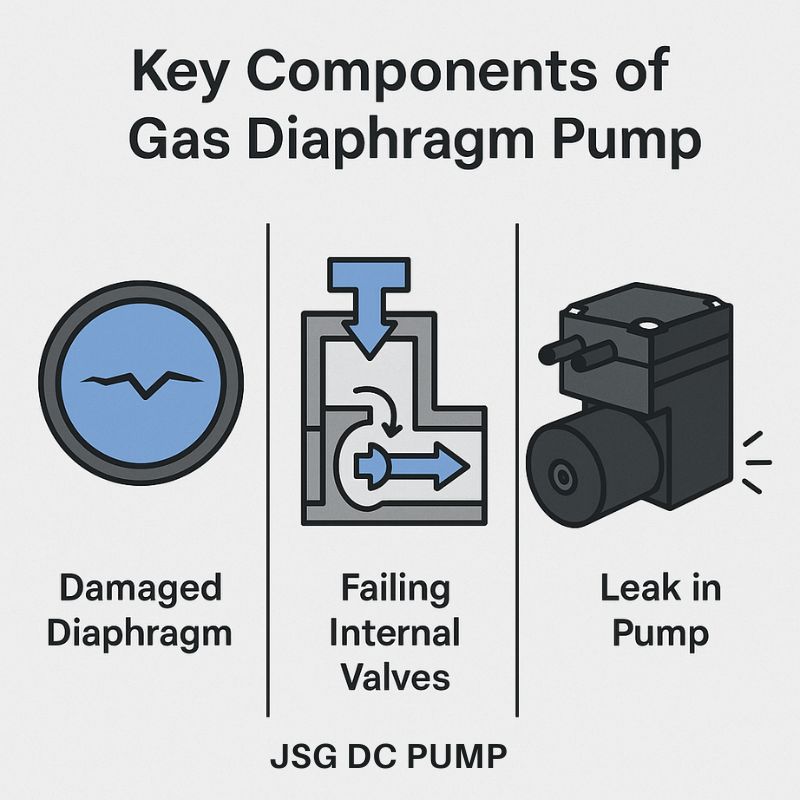You’ve designed a system around a micro pump with a great datasheet specification. But when you test your prototype, the actual flow rate is disappointingly low.
Yes, a smaller tube diameter dramatically reduces a micro pump’s effective flow rate. The narrow path increases friction and resistance, forcing the pump to work harder and resulting in lower output.
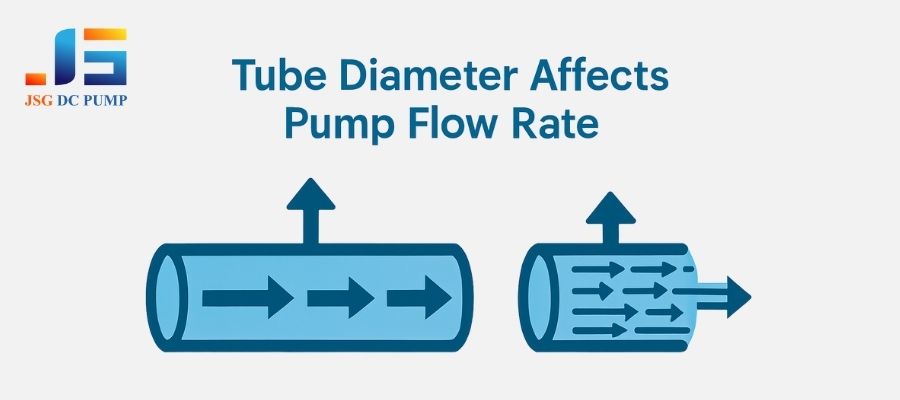
As an engineer at JSG DC PUMP, I see this issue frequently. A client will call, concerned that the pump isn’t meeting the specs listed on our datasheet. In almost every case, the pump is working perfectly. The problem lies in the system it’s connected to. The pump’s datasheet reflects its performance in ideal, open-air conditions. But once you connect tubing, you introduce resistance. The size of that tube is one of the most critical factors determining the final performance of your entire device. Let’s break down exactly why this happens.
Why does a smaller tube create more resistance?
Your pump seems to be straining, and you can hear it working hard, but very little air or liquid is actually moving. This mismatch between effort and output can be frustrating.
A smaller tube creates more resistance because a larger percentage of the fluid (air or liquid) comes into direct contact with the tube’s inner walls, causing friction and turbulence.
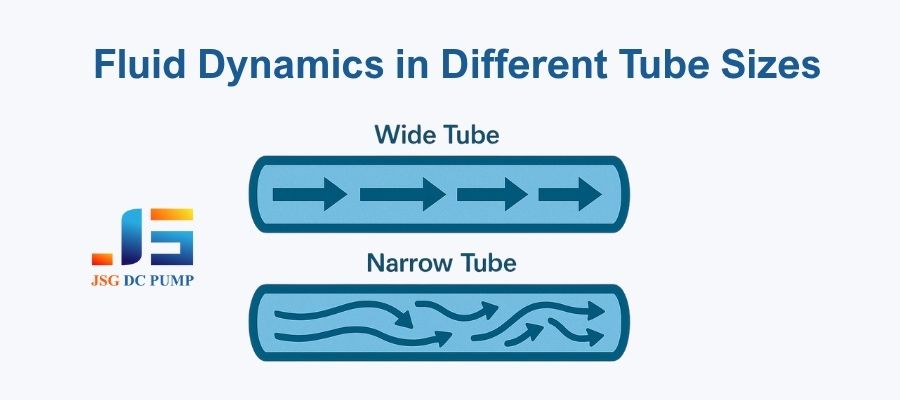
Think of the fluid as a group of molecules moving together. In a wide tube, most of the molecules flow freely in the center, far from the walls. Only a small portion on the outside gets slowed down by “dragging” against the wall’s surface. In a narrow tube, almost all the molecules are close to the wall. This dramatically increases the total friction. This friction acts as a force working directly against the pump, effectively resisting the flow.
| Tube Characteristic | Impact on Fluid Flow | Result |
|---|---|---|
| Wide Diameter | A smaller percentage of the fluid touches the tube walls. The flow is smoother and more uniform (laminar). | Low Resistance. The pump can move fluid easily. |
| Narrow Diameter | A larger percentage of the fluid drags against the tube walls. The flow can become chaotic (turbulent). | High Resistance. The pump must work much harder to move the fluid. |
How does pressure change with tube diameter?
You measure the pressure at the pump’s outlet and it’s high, but at the end of your tubing, the pressure is very low. You’re losing pressure somewhere in the system.
A smaller tube causes a significant pressure drop. The pump’s initial pressure is consumed by the effort of overcoming friction, leaving less effective pressure at the end of the line.
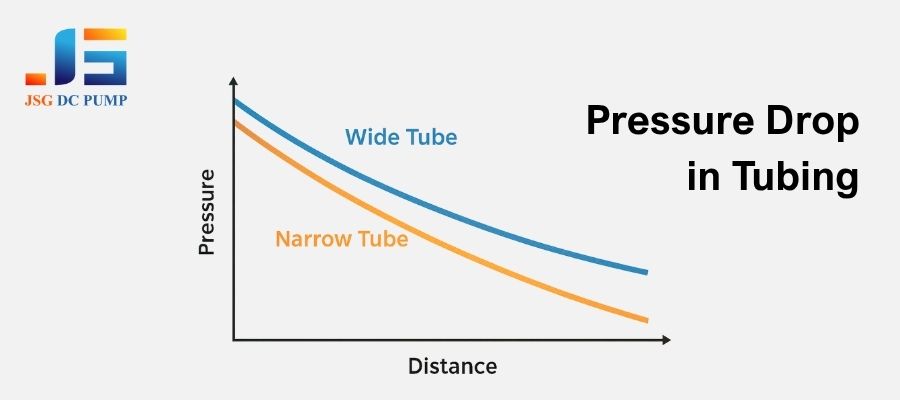
This is often called “pressure loss” or “head loss.” Imagine trying to blow through a drinking straw versus a large pipe. You have to exert much more pressure to get the same amount of air through the straw. Your pump is doing the same thing. It generates a certain amount of pressure, but a large portion of that energy is spent just pushing the fluid through the restrictive, narrow tube.
| Factor | Wide Tube Example | Narrow Tube Example |
|---|---|---|
| Pump’s Initial Pressure | 100 kPa | 100 kPa |
| Resistance from Friction | Low | Very High |
| Pressure Lost to Friction | -10 kPa | -50 kPa |
| Effective Pressure at Outlet | 90 kPa. Most of the pressure is available for work. | 50 kPa. Half the pressure was lost in transit. |
How do you choose the right tube size for your pump?
You’re ready to order tubing for your new device, but the supplier has dozens of sizes. Choosing the wrong one means wasting time and money on a poorly performing prototype.
As a general rule, match the tube’s inner diameter (ID) to the pump’s port size. For long tube runs, consider selecting one size larger to compensate for friction loss.
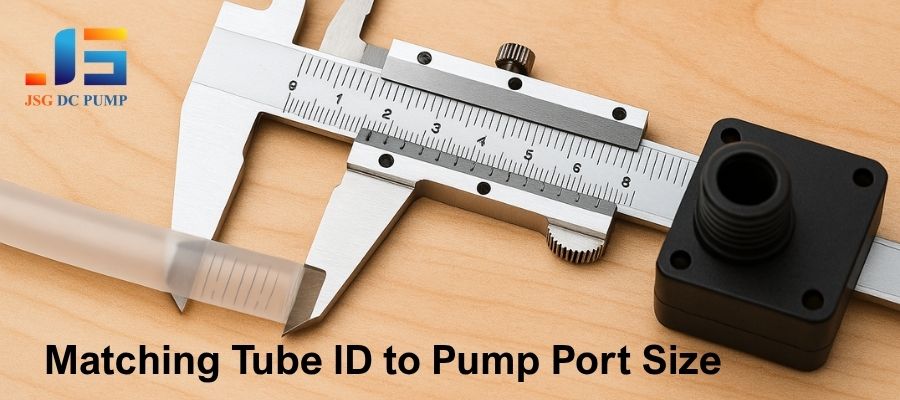
Choosing the right tube size is a balance between performance and the physical constraints of your device. While a bigger tube is almost always better for flow, you might be limited by space. Here is a practical guide we share with our OEM partners.
| Step | Action | Why It’s Important |
|---|---|---|
| 1. Check Pump Datasheet | Identify the pump’s inlet and outlet port diameter (e.g., 4mm). | This is the size the pump was engineered for optimal performance. |
| 2. Match Tube ID | Select tubing with an Inner Diameter (ID) that matches the pump’s port. | This ensures a smooth, unobstructed transition from the pump into the tube. |
| 3. Consider Tube Length | If your tube must be long (e.g., over 1 meter), use the next size up. | A larger diameter will help offset the cumulative friction from the longer path. |
| 4. Test the System | Always build and test a prototype with your chosen tube. | Real-world factors like sharp bends or fittings also add resistance and will affect the final flow rate. |
Does tube length matter as much as diameter?
You have selected the correct tube diameter, but the design requires a long path from the pump to the outlet. You are worried this will impact performance.
Yes, tube length is also a critical factor. Resistance is cumulative, so a longer tube will always have a lower flow rate than a shorter tube of the same diameter.
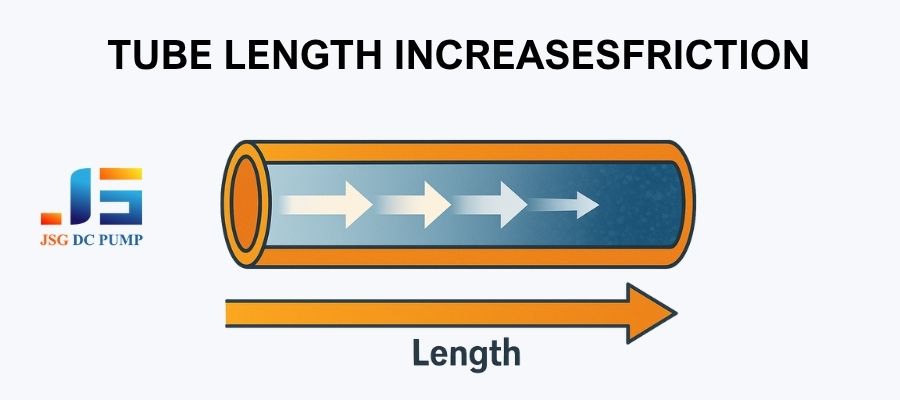
While diameter has a more dramatic effect, length cannot be ignored. Every centimeter of tubing adds more surface area, and therefore more friction. This is why in system design, we always advise our partners to place the pump as close to the point of use as possible.
| Factor | Impact on Resistance | Key Takeaway |
|---|---|---|
| Tube Diameter | Exponential. A small decrease in diameter causes a very large increase in resistance. | This is the most important factor. Getting the diameter right is priority number one. |
| Tube Length | Linear. Doubling the length of the tube simply doubles the total friction. | This is the second most important factor. Keep all tubing as short and direct as possible. |
What are the risks of using the wrong tube size?
You might be tempted to use a smaller, cheaper tube to save on cost or space. It might seem like a small compromise, but the consequences can be significant.
Using a tube that is too small leads to poor device performance, strains the pump motor, increases energy consumption, and can cause premature failure of the entire system.
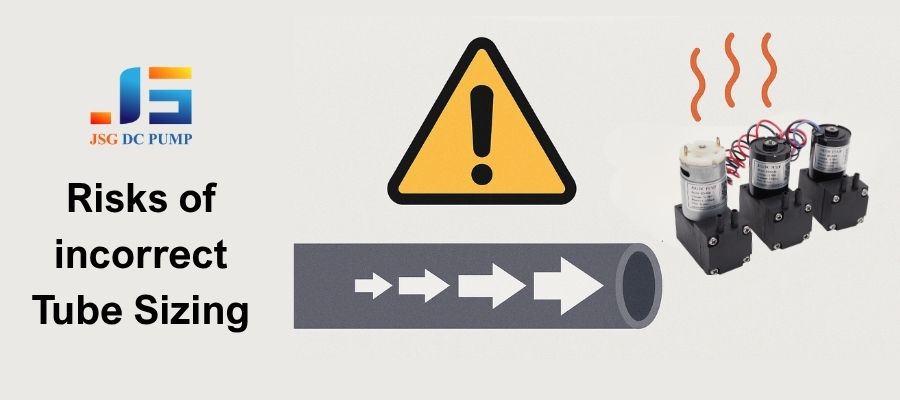
This is not just about a lower flow rate. Making a pump work against excessive resistance has a cascading effect that can compromise your entire product. It’s a critical design consideration for any OEM.
| Risk | Consequence for Your Product |
|---|---|
| Severe Underperformance | The device fails to function as intended (e.g., weak suction, slow inflation, inaccurate liquid dispensing). |
| Pump Overheating | The motor must work harder, generating excess heat that can lead to a drastically shorter operational lifespan. |
| Increased Energy Use | The strained motor draws more current, which can drain batteries faster or overload a power supply. |
| System Failure | In the worst case, the constant strain can cause the pump motor to burn out, leading to product failure and warranty claims. |
Conclusion
Choosing the correct tube diameter is not a minor detail. It is critical for achieving your pump’s specified performance, ensuring efficiency, and guaranteeing the long-term reliability of your product.
At JSG DC PUMP, we work closely with OEM partners to provide expert guidance on pump and tubing selection, ensuring your system operates at peak performance from the start. Whether you need standard solutions or fully customized designs, our team is ready to help you avoid costly mistakes and achieve optimal results.
📩 Contact us today: admin@dc-pump.com


